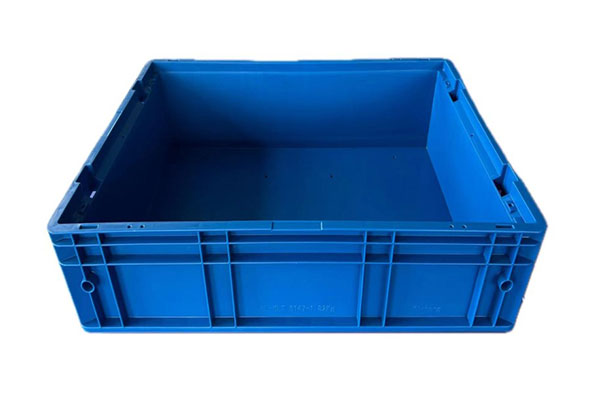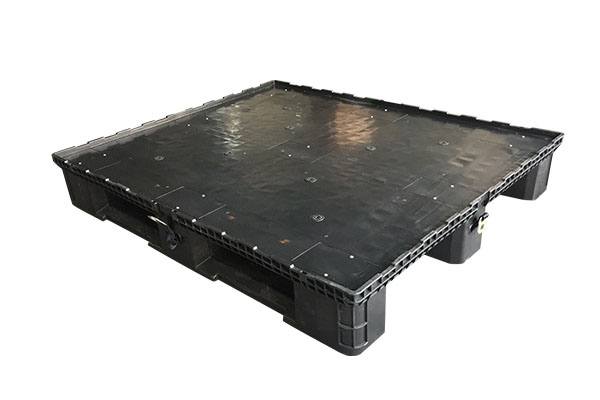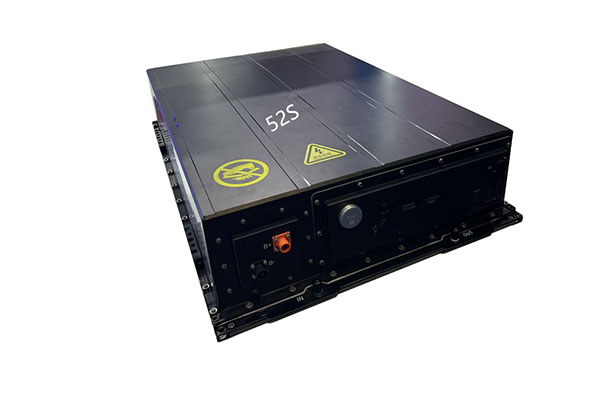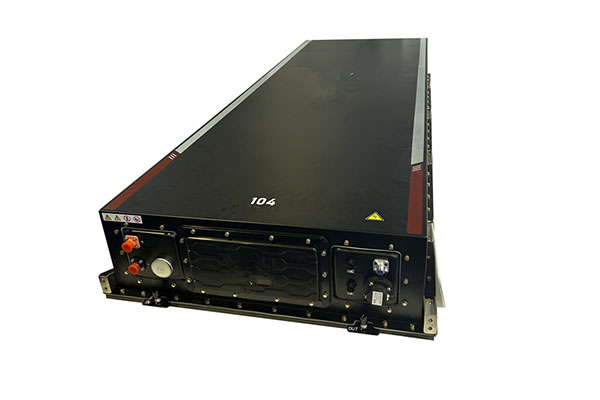How to ensure that the sample has uniform color and no scratches during the customization of auto parts?
Release Time : 2025-04-08
In the customization of auto parts, it is crucial to ensure that the sample has uniform color and no scratches. This is not only related to the appearance quality of the final product, but also directly affects the user experience and brand image. In order to achieve this goal, every link from material selection to production process to post-processing needs to be carefully designed and strictly controlled.
First of all, in the selection of materials, high-quality raw materials are the basis for ensuring uniform color. Different plastics, metals or composite materials have their own unique physical and chemical properties, which directly affect the surface quality and color performance of the finished product. For example, the use of high-quality engineering plastics or alloy materials can effectively reduce the color inconsistency caused by the impurity or defects of the material itself. In addition, modern technology also allows the material to be pre-treated, such as adding specific pigments or coatings, to enhance its color stability and anti-aging ability.
Next, in the production process, precise process control is essential to achieve uniform color and avoid scratches. Whether auto parts are manufactured by injection molding, die casting or 3D printing, fine-tuning of parameters such as temperature, pressure and speed is indispensable. Especially when using the mold, keeping the inside of the mold clean and flat, as well as regularly maintaining and updating the mold, can effectively prevent surface defects caused by mold wear. At the same time, the application of advanced processing equipment and automated production lines can not only improve production efficiency, but also ensure that each product goes through the same standard process to ensure color consistency.
In addition to the basic elements mentioned above, surface treatment technology is also one of the key factors that determine product quality. For example, processes such as electroplating, spraying or polishing can form a protective film on the surface of the part, which not only increases the aesthetics, but also enhances corrosion resistance and wear resistance. Among them, spraying technology is particularly critical, which can make the color more uniform and layered by spraying multiple thin layers. In the entire spraying process, the control of environmental conditions (such as humidity and temperature) cannot be ignored, because they will directly affect the quality of the paint surface.
While pursuing uniform color, preventing scratches is also an aspect that cannot be ignored. This requires a series of protective measures throughout the production and transportation process. For example, installing anti-scratch pads on the assembly line or wrapping parts with soft packaging materials can effectively avoid damage caused by direct contact. In addition, the professional skills and carefulness of the operators also play an important role. Improving the operating level of employees through training so that they know how to properly handle and handle sensitive parts is essential to reduce unnecessary scratches.
Finally, strict inspection standards and a complete quality inspection system are necessary to ensure that the final product meets high standards. Using high-precision measurement tools and technologies, such as 3D scanners or optical microscopes, subtle color differences and surface defects can be accurately detected. Once a problem is found, corrective measures are taken immediately and the cause is traced back to the source to solve the problem fundamentally and avoid the same mistake from happening again.
In short, in the process of customizing auto parts, to ensure that the color of the sample is uniform and scratch-free, it is necessary to comprehensively consider and strictly control multiple links from material selection, production process, surface treatment to quality inspection. Only in this way can we produce products that are both beautiful and durable, meet the growing needs of consumers and establish a good corporate image. In this process, technological innovation and refined management will undoubtedly play an increasingly important role.







